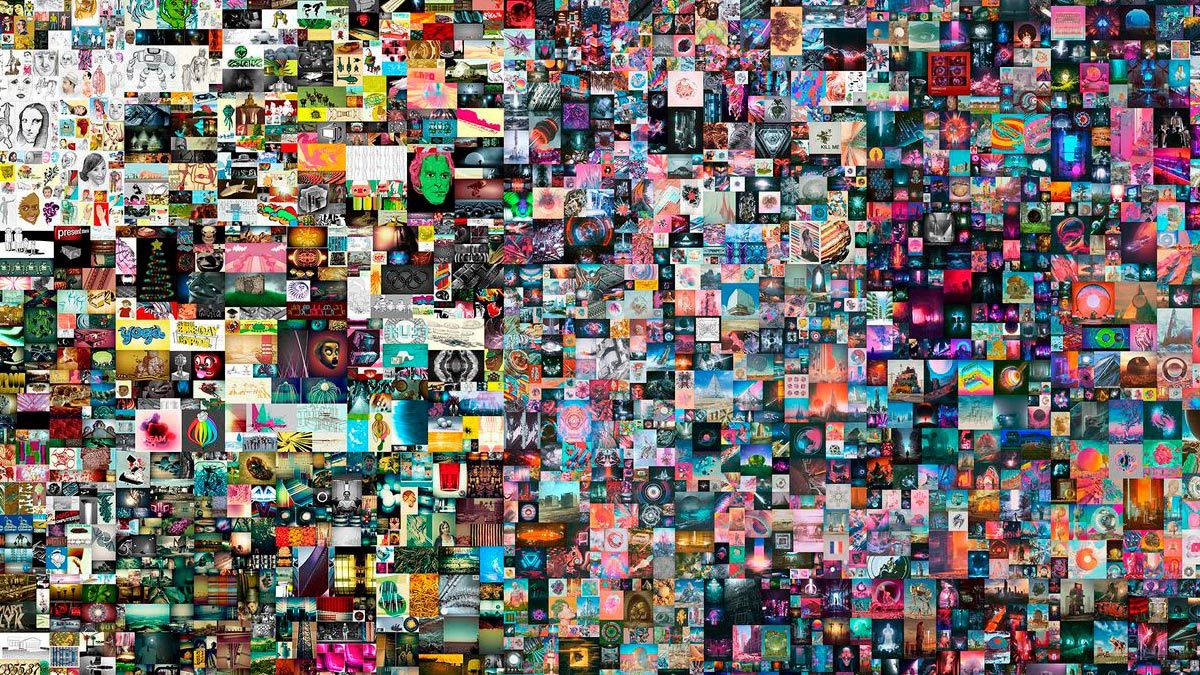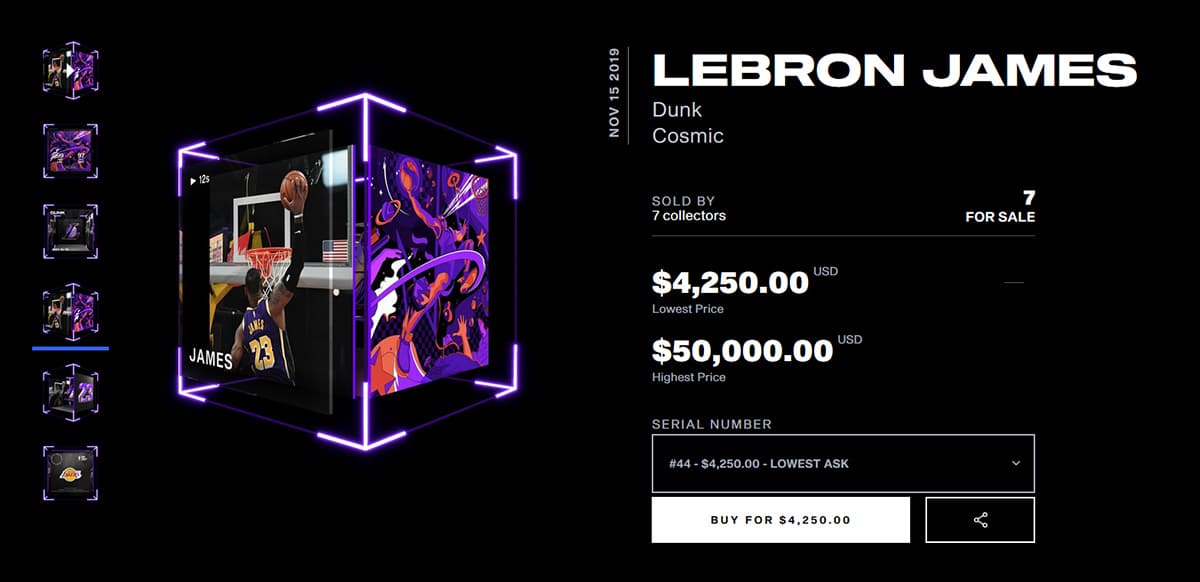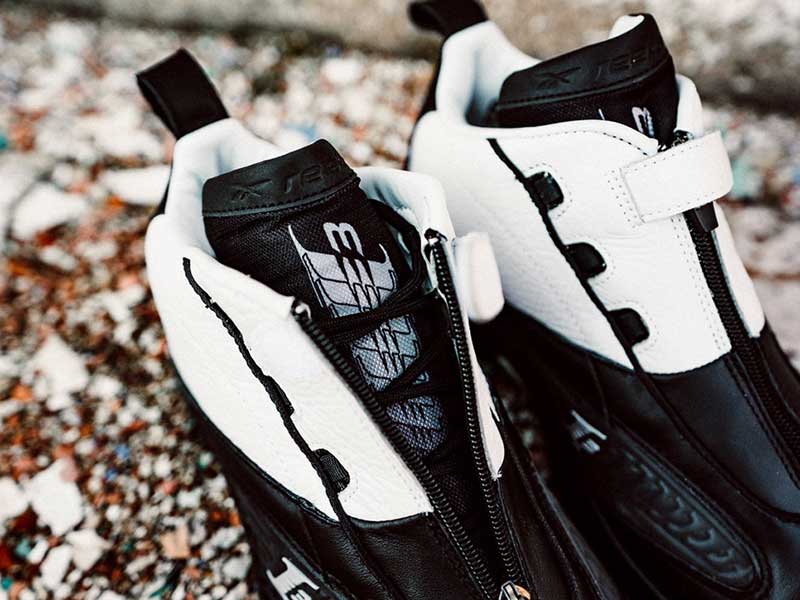In recent months, the acronym NFT has been everywhere. The origin of these tokens that identify the authenticity of digital files dates back to 2017 and today, they have become an essential element to provide value to a digital asset. If you are a bit lost on the subject and want to catch up, don’t worry, in this post we summarize what it’s all about for you to understand.

A few days ago the art world dawned with a historic news. The artist Beeple sold one of his works in digital format for 69 million dollars. Thus, his project entitled Everydays – The first 500 days became the third most expensive work sold by a living artist. But there is more. The 5,000 images that made up the piece are not only a work of art, but also a NFT. And you might ask, a what?
Well, NFTs are, by their acronym in English, non-fungible tokens. They are cryptographic assets based on blockchain —the technology on which cryptocurrencies are based— that have unique identification codes and metadata. As a result, they have the power to grant each file, be it a video clip, a work of art or even a meme, the ability to be collectible and unique. Moreover, another characteristic of these non-fungible tokens is that they cannot be traded, divided, or exchanged for equivalence.
Below, we review the evolution of NFTs since their first appearance in 2017 and explain how these non-fungible tokens work.
The evolution of NFTs: from cryptokitties to million-dollar tweets
As of today, NFTs may have a leading role in the next digital revolution, or maybe they are simply the novelty of the moment and their days are numbered. What we do know is that they have been increasing their presence lately and this may already be a big step in determining their future.
Its origins date back to 2017, when Dieter Shirley first developed cryptokitties. They were digital representations of kitties, each one unique and worth anywhere from $12 to $95,000. Weeks after their launch, the cryptokitties already had a fan club that invested $20 million in them.
Therefore, these cats were the starting point for the non-fungible tokens that are now catching on. In fact, they could also have been the source of inspiration for the creator of the Nyan Cat meme, based on these animals. Its creator sold an NFT of this work for 300 Ethereum and although the meme can be shared, the original creation now belongs to someone. And not only memes can be bought, but also tweets. In this case, Jack Dorsey, one of the co-founders of Twitter, sold a week ago the first tweet in history at auction for no less than 2.5 million dollars.
How do they work?
As we have mentioned, over the last few months NFTs have experienced a considerable boom. Other notable examples beyond Beeple’s work have been brands such as Gucci, which has implemented these tokens in its virtual sneakers, or corporations such as the NBA, which has done the same in the clips of its games it is selling. But the entry on the scene of non-fungible tokens is not only affecting large companies, but the creation of content on the Internet may also be influenced by this change.
To understand how they work it is necessary to offer a more technical explanation. NFTs work and are transferred through Ethereum’s Smart Contract, the cryptocurrency. In this case, its technology differs from the usual protocol that allows fungible tokens to be divided, since a differential characteristic of NFTs is that they were neither divided nor traded. In this way, the so-called “digital scarcity” is generated, resulting in each non-fungible token being unique or limited. In addition, they can only be purchased through Ethereum and, due to their boom, marketplaces such as Nifty Gateway or Valuable are emerging.
On the other hand, NFT tokens are metadata that are inserted into the digital file so that when you buy a Gif, for example, data such as who the creator is, when it was designed or when you acquired it will appear. Thus, they become virtual passports, since each digital product, so to speak, has a unique identity that differentiates it from the rest. The same would happen if an NTF were created for a bottle of olive oil, since it would provide all possible data in terms of traceability. And also if these tokens were incorporated into individual passports, as they would facilitate the processes of entry and exit of individuals from different countries.
Sigue toda la información de HIGHXTAR desde Facebook, Twitter o Instagram








